Optimal Seasons for Foundation Repairs
Foundation repairs are most effectively performed during specific times of the year when weather conditions are favorable. Proper timing ensures that repairs are durable and minimize the risk of complications caused by environmental factors.
Spring offers moderate temperatures and stable ground conditions, making it suitable for foundation work. However, increased rainfall can sometimes delay projects.
Summer provides warm weather and longer daylight hours, facilitating efficient repairs. Care must be taken to avoid working during extreme heat.
Fall is ideal due to cooler temperatures and less precipitation, reducing delays. It allows for foundation stabilization before winter.
Winter is generally less suitable due to freezing temperatures and frozen ground, which can hinder excavation and repair processes.

Addressing cracks early prevents further structural issues.

Proper support can restore stability to compromised foundations.

Improving soil conditions helps prevent future foundation movement.
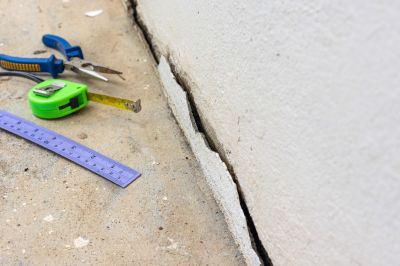
Ways to make Foundation Repairs work in tight or awkward layouts.
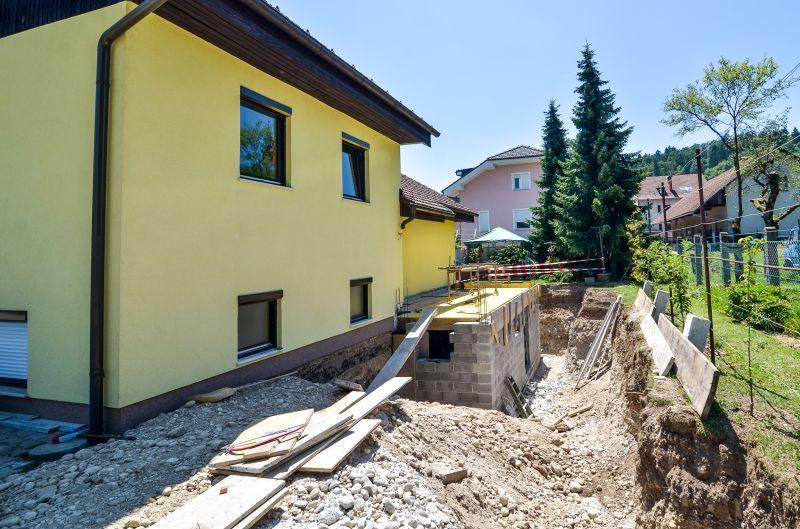
Popular materials for Foundation Repairs and why they hold up over time.
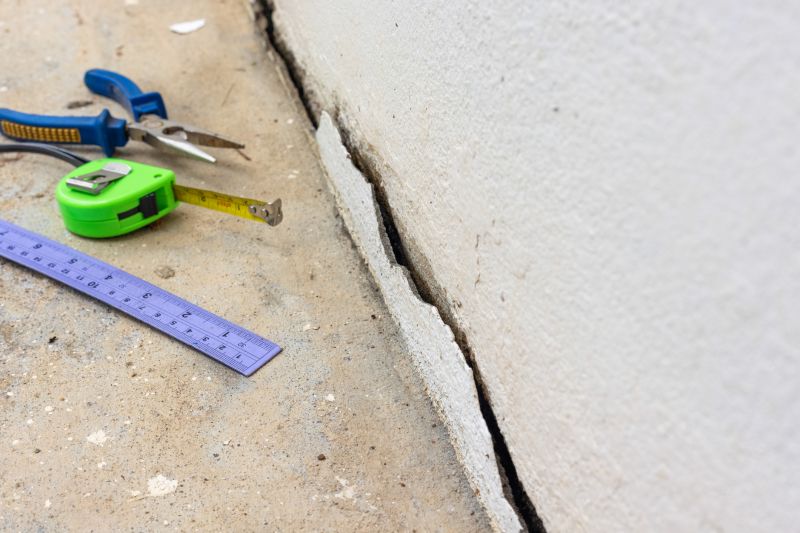
Simple add-ons that improve Foundation Repairs without blowing the budget.
Foundation repairs are crucial for maintaining the structural integrity of a building. They involve addressing issues such as cracks, settling, or shifting that can compromise safety and property value. Timely repairs can prevent more extensive damage, saving costs and ensuring longevity.
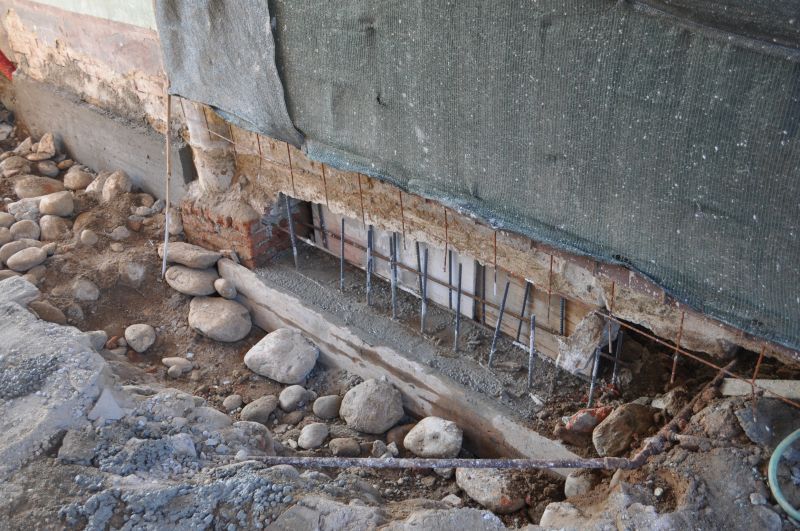
Enhances foundation stability through soil and support reinforcement.

Strengthens weakened walls to prevent collapse.
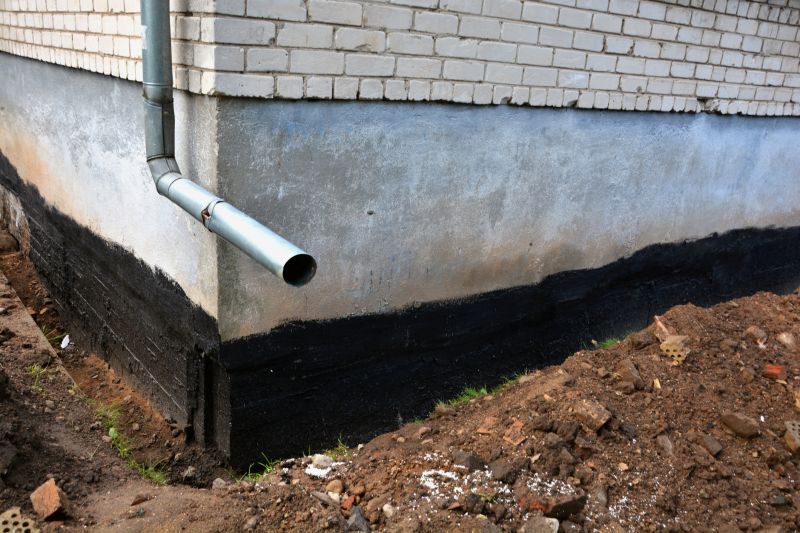
Reduces water-related foundation issues.

Addresses water buildup that can cause foundation movement.
| Season | Advantages |
|---|---|
| Spring | Moderate weather, ground thawing, early repairs |
| Summer | Longer work hours, warm temperatures |
| Fall | Cooler temperatures, less rain, ideal for preparation |
| Winter | Challenging conditions, limited accessibility |
Understanding the best timing for foundation repairs can significantly impact the success and durability of the work. Proper scheduling, considering local climate conditions, ensures that repairs are performed under optimal conditions, reducing the risk of setbacks and extending the lifespan of the foundation.

Early detection of issues can guide timely repairs.

Identifies soil conditions that affect foundation stability.

Ensures appropriate methods are selected for the season.

Tracks foundation stability over time.
If considering foundation repairs, it is advisable to contact a professional to assess the specific conditions of the property. Proper timing and expert evaluation can help determine the most suitable approach, ensuring long-term stability and safety.


